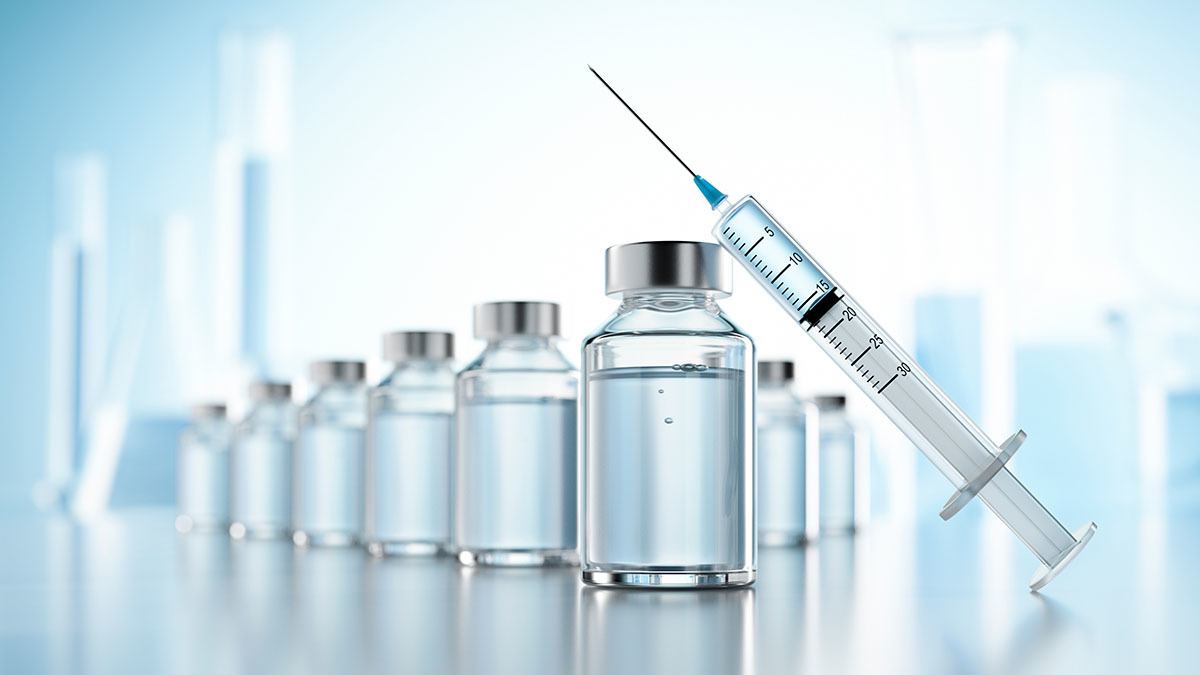USP Volatile Organic Compound Extractables Testing
The United States Pharmacopeia (USP) monographs provide comprehensive guidelines for the quality and safety of pharmaceutical products. One such guideline focuses on extractables and leachables testing, particularly the evaluation of Volatile Organic Compounds (VOCs). This service ensures that materials used in drug manufacturing do not introduce harmful substances into the final product, thereby safeguarding patient health.
The process involves extracting potential contaminants from various packaging components and raw materials using solvents under controlled conditions. These contaminants can include VOCs such as hydrocarbons, alcohols, and ketones, which may volatilize during processing or storage. USP’s stringent requirements for these tests are essential to ensure that no hazardous compounds migrate into the pharmaceutical product.
The testing protocol follows rigorous standards set by USP Chapter 617 and is critical in ensuring compliance with international regulatory requirements. This service is particularly vital for manufacturers who use complex materials like plastics, rubber, or metals in drug packaging.
The testing process typically involves the following steps:
- Selection of appropriate solvents to simulate real-world exposure scenarios
- Exposure of test samples under controlled conditions
- Collection and analysis of extracts using advanced analytical techniques like GC-MS (Gas Chromatography-Mass Spectrometry)
- Detailed documentation and reporting of findings in accordance with USP guidelines
| Key Components | Description |
|---|---|
| Solvent Selection | Based on material compatibility and extraction efficiency |
| Exposure Conditions | Temperature, time, and atmosphere control to simulate realistic use conditions |
| Analytical Techniques | Gas Chromatography-Mass Spectrometry (GC-MS) for precise identification of VOCs |
| Data Interpretation | Compliance with USP Chapter 617 guidelines and regulatory compliance |
The results of the testing are used to identify potential risks associated with material selection and processing methods. This ensures that only safe materials are used in pharmaceutical packaging, thereby minimizing the risk of contamination.
In summary, USP Volatile Organic Compound Extractables Testing is a vital service for ensuring the safety and quality of pharmaceutical products. By adhering to strict protocols and using advanced analytical techniques, we provide reliable data that supports regulatory compliance and enhances product safety.
Benefits
The benefits of USP Volatile Organic Compound Extractables Testing extend beyond mere compliance with regulations. By identifying potential contaminants early in the development process, manufacturers can take corrective actions that prevent costly recalls and reputational damage.
- Enhanced Product Safety: Ensures that no harmful substances migrate into the final product
- Regulatory Compliance: Meets stringent USP and FDA requirements for pharmaceutical packaging materials
- Risk Mitigation: Identifies potential risks early in the development process, allowing for corrective actions
- Quality Assurance: Provides detailed data that supports consistent product quality
- Brand Reputation: Maintains a strong brand image by ensuring product safety and reliability
The testing service is not only beneficial for pharmaceutical manufacturers but also for suppliers of packaging materials. By identifying potential risks early, these companies can improve their product offerings and strengthen their competitive position.
Competitive Advantage and Market Impact
The USP Volatile Organic Compound Extractables Testing service provides several competitive advantages for pharmaceutical manufacturers. By ensuring that only safe materials are used in packaging, companies can enhance their reputation for quality and safety.
- Regulatory Compliance: Ensures adherence to strict USP guidelines, reducing the risk of non-compliance penalties
- Risk Mitigation: Early identification of potential risks allows for timely corrective actions, minimizing the impact on production schedules
- Product Differentiation: Demonstrates a commitment to product safety and quality, setting companies apart from competitors
- Customer Trust: Builds trust with customers by ensuring that only safe materials are used in packaging
- Market Leadership: Establishes the company as a leader in pharmaceutical testing and quality assurance
The service also has a significant market impact. By providing reliable data on extractables, it helps to ensure that pharmaceutical products meet the highest standards of safety and efficacy. This not only enhances the reputation of individual companies but also contributes to the overall trustworthiness of the pharmaceutical industry.
Use Cases and Application Examples
The USP Volatile Organic Compound Extractables Testing service has wide-ranging applications across various sectors. Here are a few examples:
- Packaging Material Selection: Identifying potential contaminants in packaging materials before final selection
- New Product Development: Ensuring that new products meet USP guidelines and regulatory requirements
- Material Substitution: Evaluating the safety of alternative materials used in pharmaceutical packaging
- Process Optimization: Identifying potential risks associated with manufacturing processes
- Supplier Audits: Assessing the quality and safety of materials supplied by third-party manufacturers
| Use Case | Description |
|---|---|
| Packaging Material Selection | Evaluating potential contaminants in packaging materials before final selection |
| New Product Development | Ensuring that new products meet USP guidelines and regulatory requirements |
| Material Substitution | Evaluating the safety of alternative materials used in pharmaceutical packaging |
| Process Optimization | Identifying potential risks associated with manufacturing processes |
| Supplier Audits | Evaluating the quality and safety of materials supplied by third-party manufacturers |
In each case, the testing service provides critical data that supports informed decision-making. By identifying potential risks early in the development process, companies can take corrective actions that prevent costly mistakes and ensure product safety.





